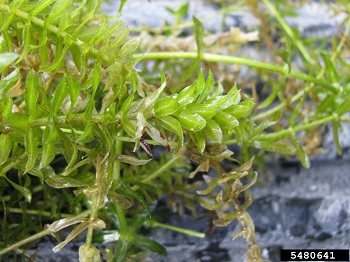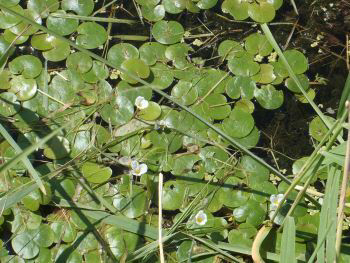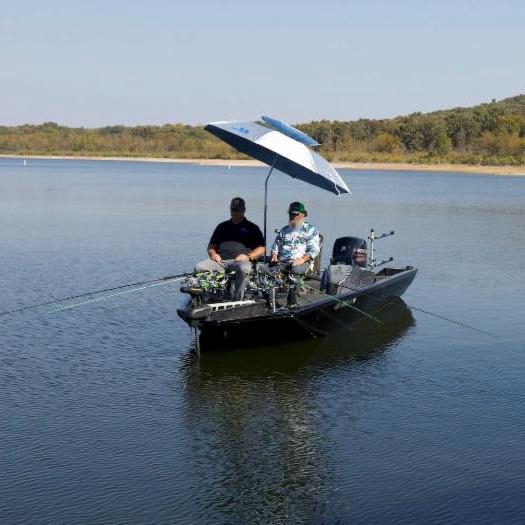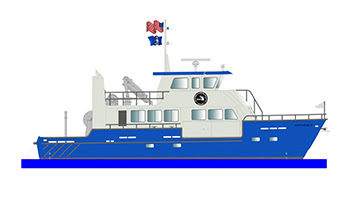Michigan Hunters: Remember to ‘Clean. Drain. Dry.’ to Protect Waterfowl Habitat


With the recent discovery of two new invasive aquatic plants in Michigan, the Michigan Invasive Species Program is asking waterfowl hunters across the state to take extra precautions this season to prevent the spread of invasive species.
Hydrilla, considered one of the world’s most invasive aquatic plants, was found in private ponds in southwest Michigan in fall 2023. The Department of Environment, Great Lakes, and Energy is working with landowners to eradicate the infestation. This month, a hydrilla detection in Ontario, Canada forced the closure of a portion of the Hillman Marsh Conservation Area popular with waterfowl hunters.
Glyceria maxima (also known as rough mannagrass) an invasive plant similar to phragmites, has been found in the Dollarville Flooding in Newberry. The Department of Natural Resources is working with the Three Shores Cooperative Invasive Species Management Area to manage the infestation. Read more










